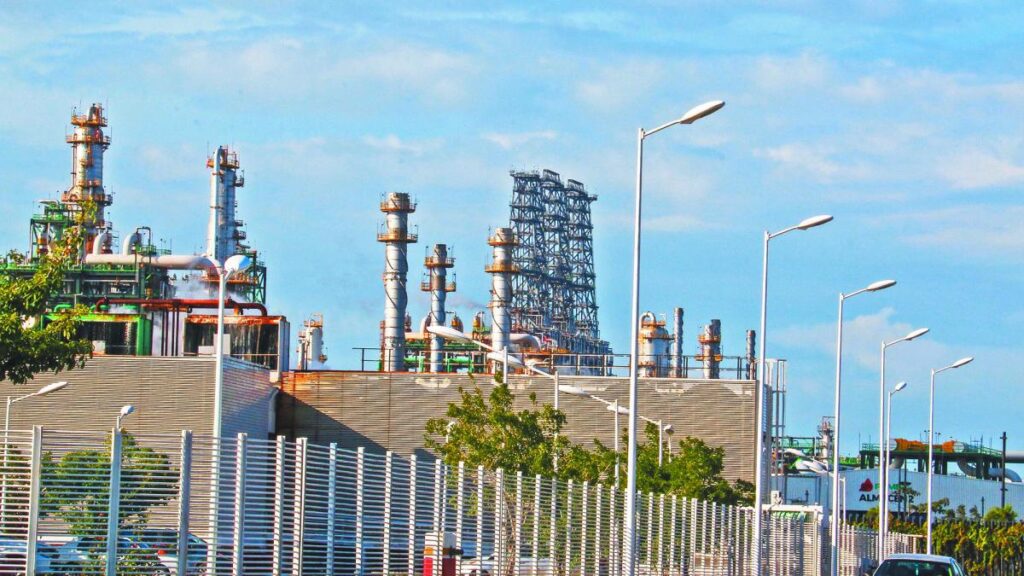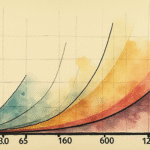Background on Mexico’s Energy Landscape and Pemex
Mexico, a prominent crude oil producer, faces challenges in converting its heavy crude into finished fuels due to the state-owned petroleum company, Pemex’s inefficiencies. As a result, Mexico imports hundreds of thousands of barrels of fuels regularly.
Olmeca, Pemex’s seventh refinery in Mexico with a capacity of 340,000 barrels per day (bpd) of oil, aimed to contribute to the country’s energy self-sufficiency.
Export of Ultra-Low Sulfur Diesel (ULSD)
In early April, Mexico exported a cargo of reprocessed Ultra-Low Sulfur Diesel (ULSD) from its new Dos Bocas refinery in Tabasco, according to ship tracking data and a source. This export occurred because the necessary infrastructure for transporting this crucial fuel across the country is still under development.
The Dos Bocas refinery has been receiving high-sulfur diesel from the Madero refinery in Tamaulipas to convert it into ULSD. However, Olmeca’s own production of viable fuels remains marginal.
The Danish flagged petrolero, Torm Singapore, loaded approximately 300,000 barrels of ULSD at the single-berth facility near Dos Bocas’ port in early April, as per LSEG ship tracking data.
Subsequently, the Torm Singapore offloaded portions of this cargo in Puerto Cañaveral, Florida, and Yabucoa, Puerto Rico. This marked Mexico’s first ULSD export from Dos Bocas since early 2024, according to LSEG data compiled since then.
Reuters could not ascertain if Pemex plans further ULSD exports from the Olmeca refinery.
Challenges with Infrastructure and Distribution
The Olmeca refinery, which has been producing petroleum coke—common during a refinery’s startup phase—exported its first cargo to India in September, as reported by Reuters last year.
The diesel was exported due to the refinery’s insufficient pipelines or railways for national-scale transportation, and a lack of fuel trucks for distribution across the country. A document shared with Reuters highlighted that building adequate infrastructure to distribute the produced fuel nationwide would be costly and time-consuming.
Pemex typically distributes small volumes of diesel from the Olmeca refinery using tanker trucks, according to a source. To transport an equivalent volume of the exported cargo, approximately 1,300 tanker trucks would have been needed.
Political Context and Future Prospects
Former President Andrés Manuel López Obrador inaugurated a phase of the Dos Bocas refinery, located in his home state of Tabasco, in July 2022, considering it vital for the country’s energy self-sufficiency.
However, delays in completing the refinery—whose cost has more than doubled to $16.8 billion—mean that President Claudia Sheinbaum will now attempt to turn this vision into reality.
Key Questions and Answers
- What is the issue with Mexico’s fuel production? Mexico struggles to convert its heavy crude into finished fuels efficiently, leading to fuel imports.
- Why was ULSD exported from the Dos Bocas refinery? The lack of infrastructure for transporting and distributing the produced fuel across Mexico necessitated this export.
- Who are the key figures involved in the Dos Bocas refinery project? Former President Andrés Manuel López Obrador inaugurated the project, while current President Claudia Sheinbaum now oversees its completion.
- What are the challenges faced by the Olmeca refinery? The refinery has limited production of viable fuels and faces distribution challenges due to insufficient pipelines, railways, and fuel trucks.






